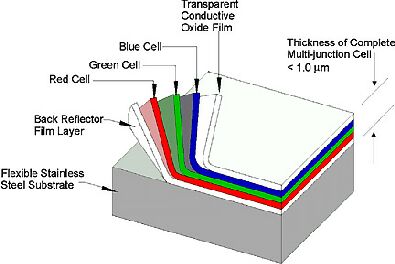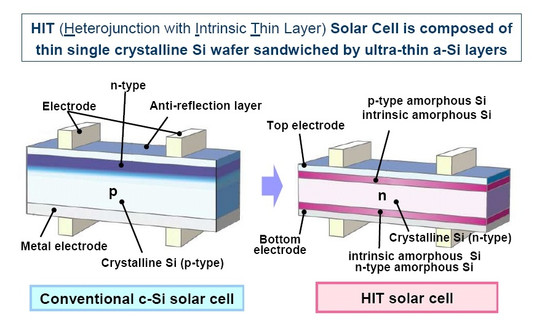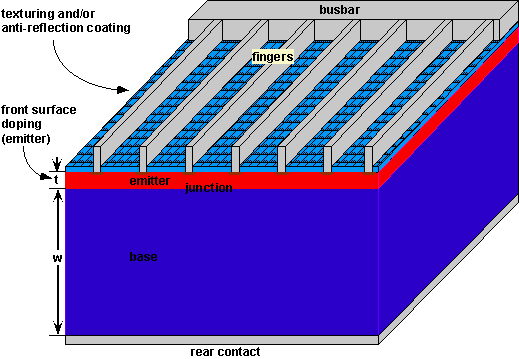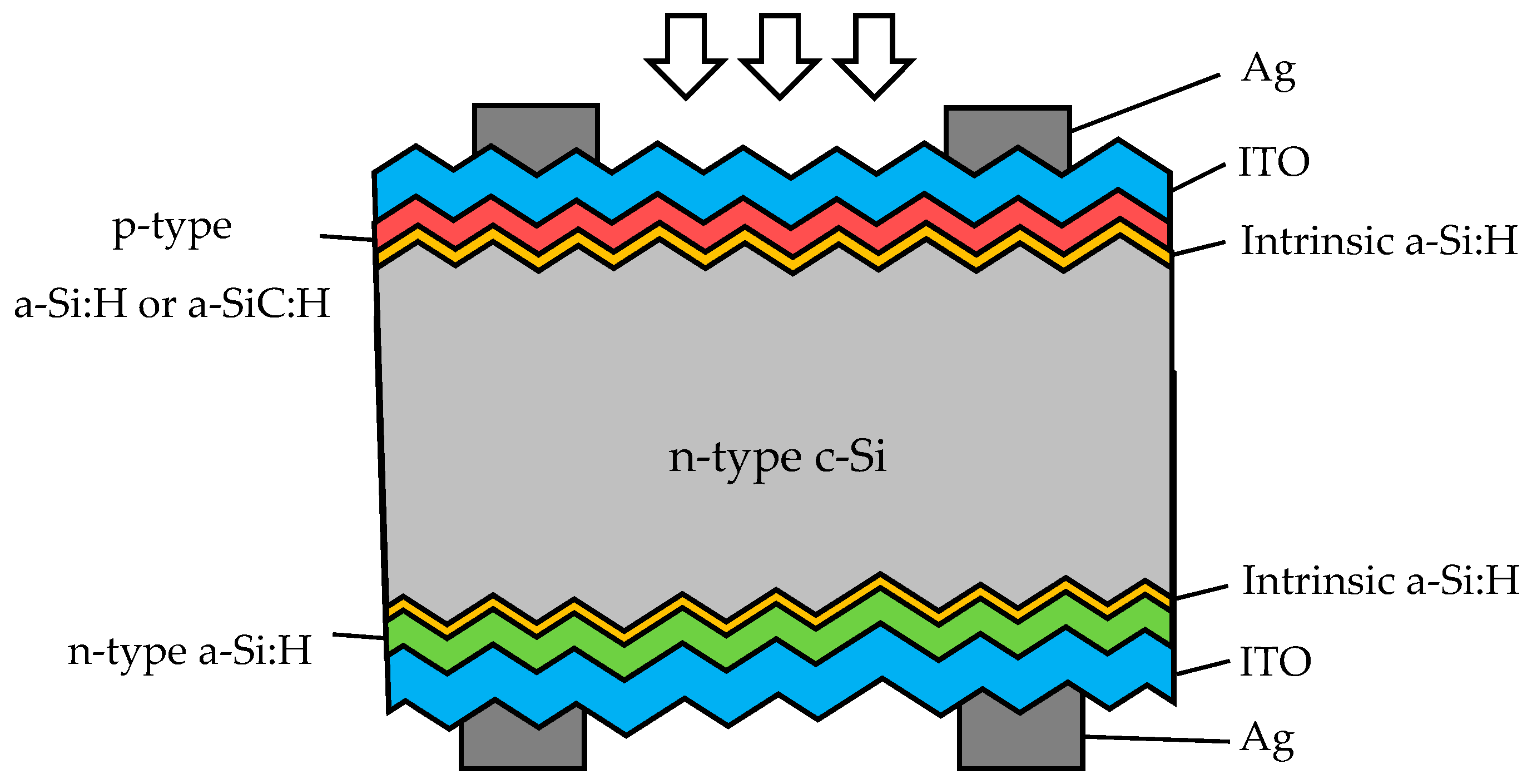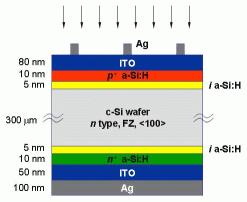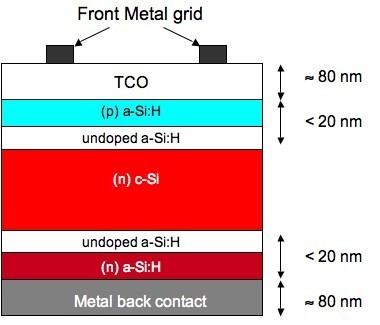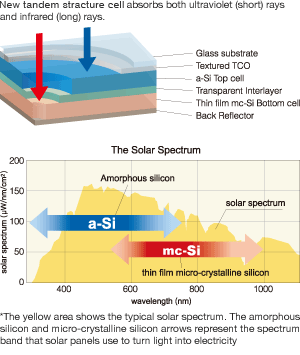A Si Solar Cell
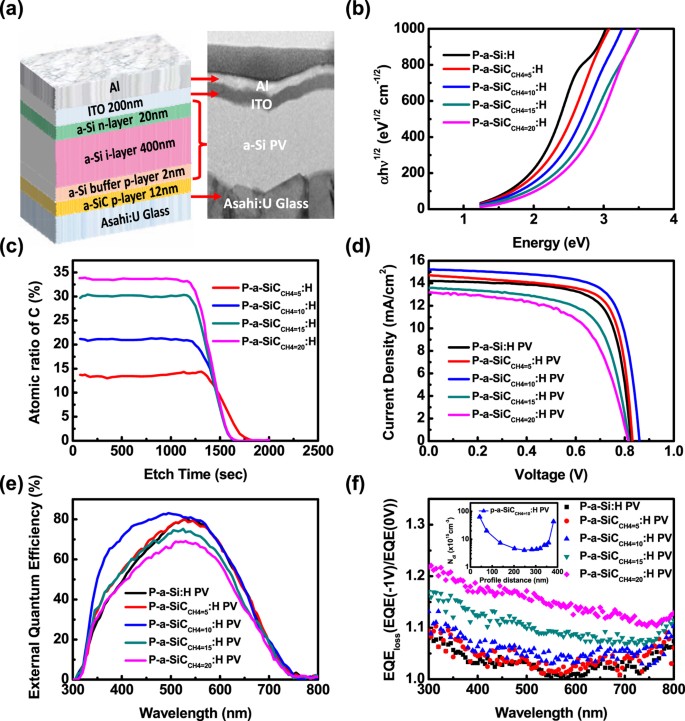
They are all glass semi transparent letting 20 visible light to pass through the fin.
A si solar cell. A solar cell based on amorphous silicon with a solar conversion efficiency of about 2 4 for historical discussion see reference 6 7. Used as semiconductor material for a si solar cells or thin film silicon solar cells it is deposited in thin films onto a variety of flexible substrates such as glass metal and plastic. A total of four different dimensions were required by the design team to meet the design intent. Thus the plasma process is particularly well adapted to the preparation of multijunctions with conversion efficiencies around 13 15.
The optical properties of amorphous and nanocrystalline silicon are complementary. Amorphous silicon a si is the non crystalline form of silicon used for solar cells and thin film transistors in lcds. The majority of solar cells are fabricated from silicon with increasing efficiency and lowering cost as the materials range from amorphous to polycrystalline to crystalline silicon forms. These pv fins are a first for the united states and are made of amorphous silicon a si solar cells.
Amorphous silicon is basically a trimmed down version of the traditional silicon wafer cell. A si is a noncrystalline form of silicon that can be used for solar cells and thin film transistors in liquid crystal displays lcds street 2005. The absorption of light generating either electron hole pairs or excitons. As such a si is well understood and is commonly used in solar powered electronics.
The operation of a photovoltaic pv cell requires three basic attributes. The consequences of the semiconductor properties on solar cells behavior are reviewed. Because only very thin layers are required deposited by glow discharge on substrates of glass or stainless steel only small amounts of material will be required to make these cells. A si pv cells normally have a relatively low efficiency but are environmentally friendly to produce and do not contain toxic heavy metals such as cadmium or lead reddy 2012.
It does however have some drawbacks. One of the biggest problems with a si solar cells is the material used for its semiconductor. Amorphous silicon solar cells are normally prepared by glow discharge sputtering or by evaporation and because of the methods of preparation this is a particularly promising solar cell for large scale fabrication. A si can be deposited as a thin film onto a variety of flexible substrates such as glass metal and plastic.
Solar cell any device that directly converts the energy of light into electrical energy through the photovoltaic effect.
